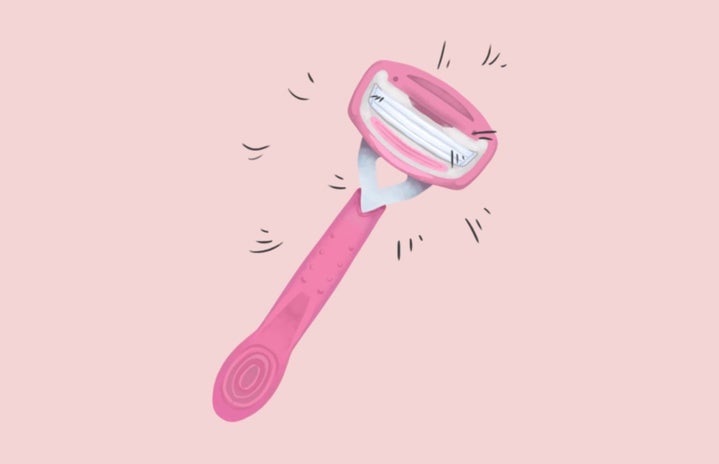Women today are no strangers to going to extremes for beauty, from spending hundreds to laser all the hair off your body, to tattooable makeup, our appearance has always been something we have been told to take extreme pride in, by any means necessary. And, the women who precede us are no different, beauty treatments and trends throughout history have been a fascinating way to see the changing beauty standards and trends of the time, but they aren’t all that appealing. Here are four of the most horrifying beauty trends throughout history.
Forehead Plucking (15th Century)
If you thought waxing your entire body every month was bad, women in the 15th century took their hair removal to a whole new level. Women at the time were made to cover their hair by the church and many would pull the covering back as far and tight as they could to achieve a long oval face shape, as was desired. Many would also pluck out their hairline with tweezers to elongate their face even more and then rub a botanical paste to alleviate the pain and prevent any hair regrowth. Some particularly dedicated women would go as far to rub crushed eggshells in the area to exfoliate, and in doing so would accidentally remove their eyebrows, replacing them with fake eyebrows made from rat and mice fur.
Foot Binding (10th Century)
Arguably more of a torture method disguised as beauty treatment, Chinese foot binding began in the Han Dynasty in the 10th century. Little girls anywhere between the ages of 5 and 7 would have 4 of their toes broken and bound under their feet while their bones are still soft and malleable, their soles would be broken, and folded inwards and they were then given ‘lotus shoes’ to make their feet as small as possible. Once women had their feet bound, they lost almost all mobility meaning any lower class families who tried this suffered greatly as they needed their daughters to work, but since it was a sign of beauty most families would risk it in hopes their daughters would marry well. Women with bounded feet would also have to undo their wrappings every day to clean their feet and then wrap them into smaller bindings and shoes, leading many to develop inflamed, painful feet, and sometimes girls would have their toes fall off due to poor circulation. Many people today still retain the idea that this practice was more to do with male domination than beauty as it rendered a large population of women and girls practically helpless, unable to walk or function on their own.
Lead masks (Tudor England)
Very different to our fake tan obsession today, back in Tudor England it was a status symbol to have extremely white, almost translucent skin in order to show that you spent your days inside and not working in the sun. This only amplified after the smallpox epidemic, which left many with scarred faces, leading to pearly white, unblemished skin being highly sought after. Women would achieve this look by putting all sorts of dangerous chemicals on their face, including pastes made from white lead mixed with vinegar, and things like chalk, flour and arsenic powder. Ironically a lot of these concoctions would make their skin even worse, causing wrinkles and rashes, and often causing other medical problems including hair and tooth loss.
Doe eyes (Renaissance Italy)
Another poisonous makeup product was ‘atropa belladonna’, commonly known today as atropine. Used in Italy during the renaissance era, women would put this mixture, made from highly toxic nightshade berries, into their eyes in order to make their pupils dilate and give their eyes the soft, seductive, doe eyed effect seen in renaissance paintings. However, using poisonous herbs as a beauty enhancement obviously has it’s not so beautiful side effects, these makeshift eye drops often caused visual distortion, blindness and even death.
So next time you’re mumbling ‘beauty is pain’ under your breath while trying to muster up the courage to pluck your eyebrows or rip the wax strip off your leg, you might find some comfort in the fact that centuries of women are united by that one little phrase, even if it is incredibly depressing that the patriarchy has managed to make us inflict all this pain on ourselves in the name of ‘beauty’.


